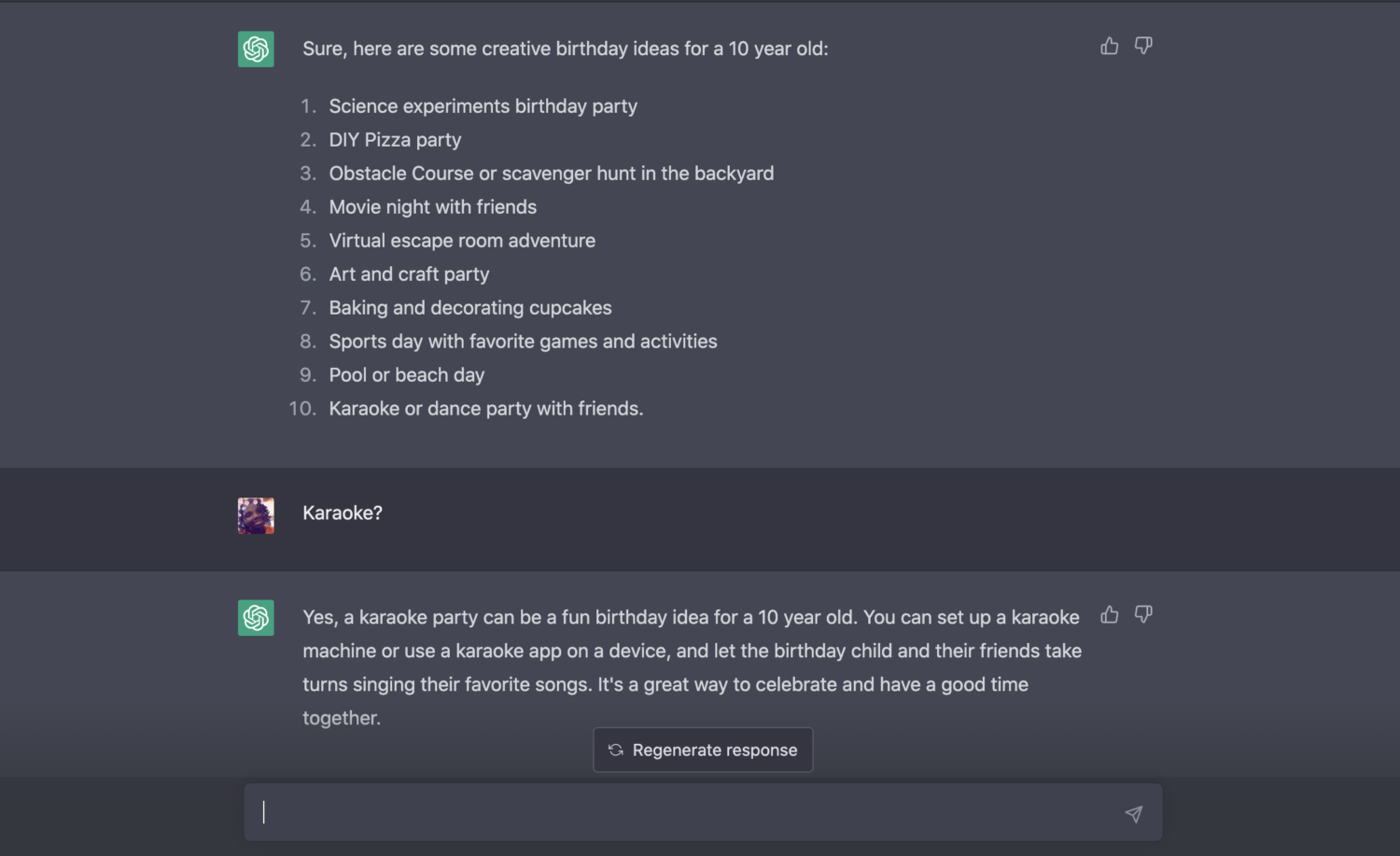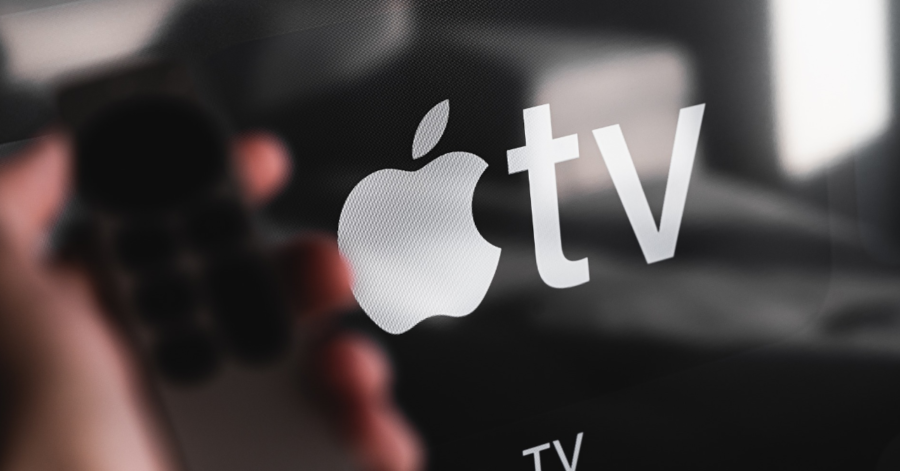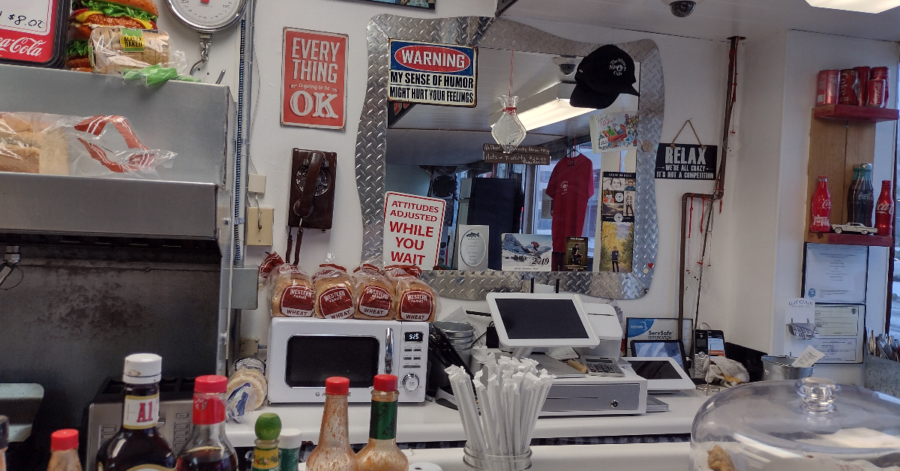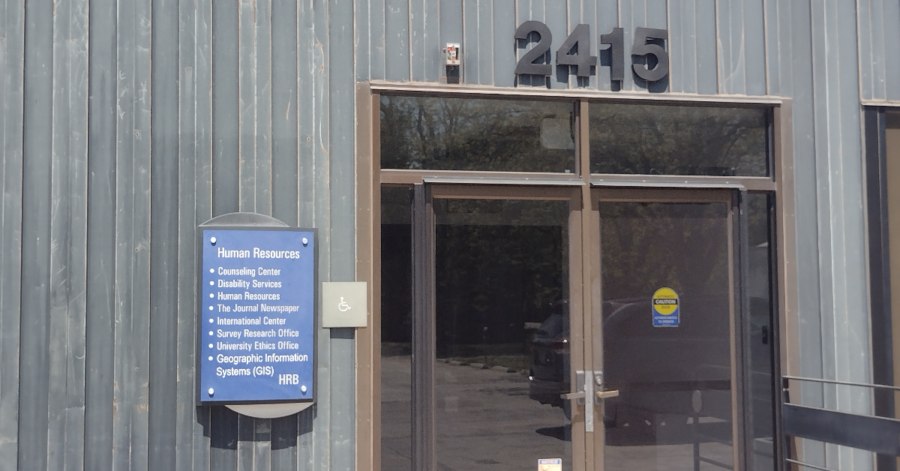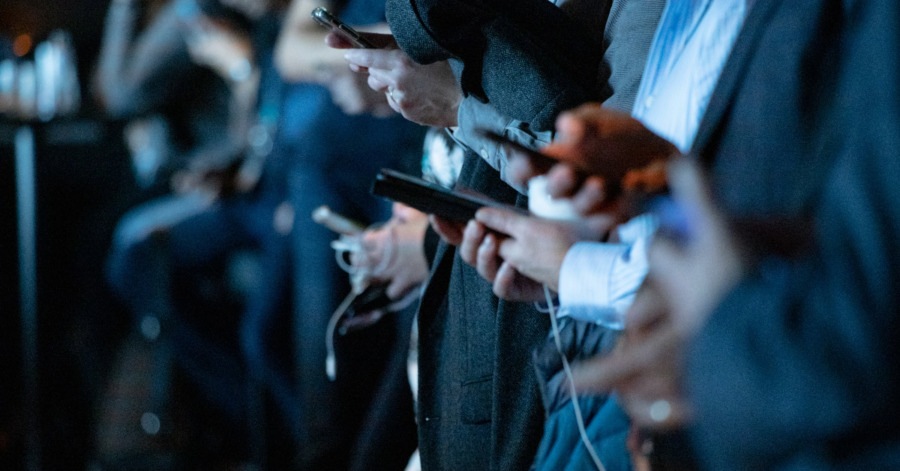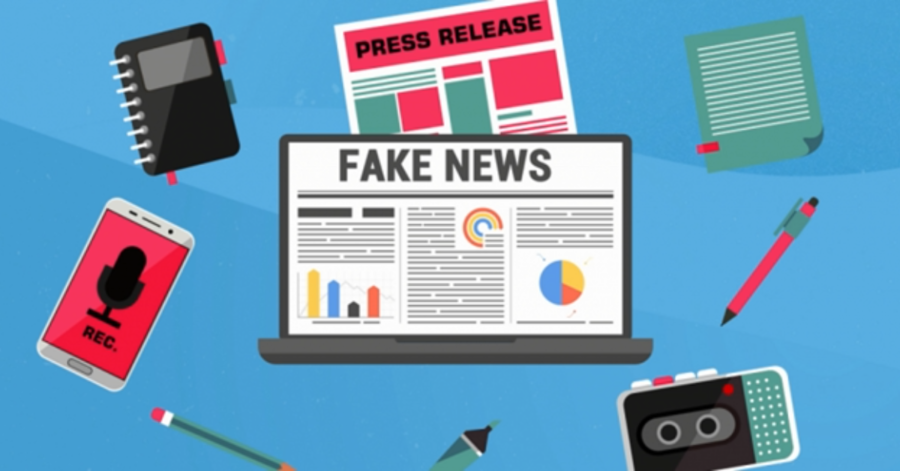If you spend time online, you probably have seen much discourse over the new AI chatbot, ChatGPT. The tone is very similar to science fiction movies and games where people are upset about technology taking over. They say that technology being this advanced will steal our jobs and make things harder for people – a ridiculous narrative. Seeing how far technology has come can be nerve-wracking, but things like this can just as easily make us hopeful.
So, what is ChatGPT? It is a chatbot that can engage in conversation, answer questions and interact as an average person would. The bot can cover many topics, from explaining quantum computing to ideas for a 10-year-old’s birthday party. OpenAI is a research company used to research different AI technology and learn how they can be useful. It was co-founded by Elon Musk and Sam Altman in 2015. They have had many donors and investors over the years, most notably Microsoft. The prototype was released in November of 2022 and already had over a million users in five days. In January, the site reached 100 million users. So, the chatbot works well – but what makes it different or special?
One thing to note is that the chatbot is free to use and easy to sign up for. Create an account, input some information, and you are good to go. Once you are online, the format is very simple and easy to follow – you can start chatting right away. You can start as many conversations as you want, and you can keep track of them with the panel on the left side. As soon as you log in, you are given examples of things to say (in case you are like me and don’t know what to say). The examples are split into three categories – examples, capabilities, and limitations – with three phrases or questions each. But again, you can ask whatever you want with the bar at the bottom of the screen you can type whatever you want. A warning, in the beginning, tells you that some information may be inaccurate, which is always a good thing to have, so people do not get the wrong idea about misinformation. Overall, for someone who may not be particularly tech-savvy, everything is easy to navigate, and even though the design is quite simple, it is very appealing. Visually, it is easy to see why people like it.
A chatbot like this is a big deal because of how developed it is. It was created to respond like a person, and it shows. It does have that feel of asking SIRI or Google a question, formal language, and long answers. But it also has a little bit of personality in some of its answers. There are many chatbots out there, but something about this has made people both nervous and excited. People are talking about how excited they are to see where it goes and how much it will develop over time. Some see it as a start to improving things like education and job experiences. Others are nervous and believe that this is the start of a “takeover.” AIs like this are very developed and different from anything we have seen before. It is easy to understand why people would be nervous, but this is the type of change we should be open to. It absolutely could be beneficial in the long run.

